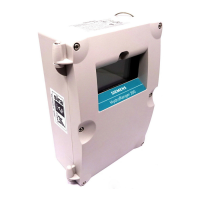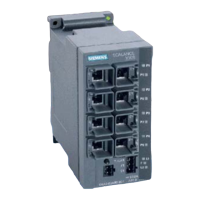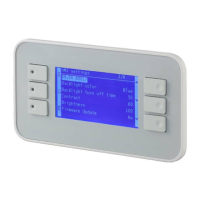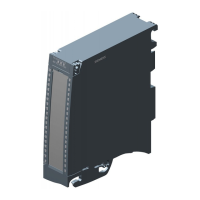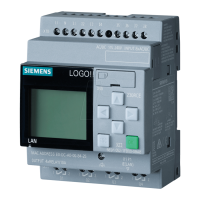Commissioning
6.5 Quick Start Wizards
HydroRanger 200 HMI
60 Operating Instructions, 06/2018, A5E36281317-AC
Setting wizards via graphical display
1. Press
arrow to enter PROGRAM mode.
2. Choose Wizards (1.) (Page 59) > Quick Start (1.1) (Page 61), and then the appropriate
quick start:
– Quick Start Level (1.1.1.) (Page 61)
– Quick Start Volume (1.1.2.) (Page 66)
– Quick Start Flow (1.1.3.) (Page 73)
– Pump Control (1.2.) (Page 83)
3. At each step, press
arrow to accept default values and move directly to the
next item, or
arrow to open Edit mode: the current selection is highlighted.
4. In Edit mode, scroll to desired item and press
arrow to store the change, then
press
arrow to continue.
5. Repeat steps 3 and 4 until you complete all the settings and get a prompt to configure
another measurement point or relay (for Pump Control wizard). Pressing
for YES lets
you set another point or relay. Pressing
for NO takes you to the end of the chosen
wizard.
6. Press
to FINISH and apply the settings made in that particular wizard. The display will
then return to PROGRAM menu. Press
to return to Measurement mode.
While configuring the device through the wizards, you can press
arrow to go one step
back, or
arrow to cancel.
● The Quick Start Wizard settings are inter-related and changes apply only after you
choose Finish in the final step.
● Perform customization for your application only after the Quick Start has been completed.
● The following are key terms used throughout the QSW and Parameters:
the factory-set value or option; indicated with an asterisk (*) or specified as a
.
pertains to values that are common for all inputs and outputs on the unit.
when parameters apply to more than one input, they are indexed. The index
selector value defines the input/output for that parameter. For example, index relates to
transducer inputs or mA outputs, and can also refer to relays, communications ports, and
other parameters.
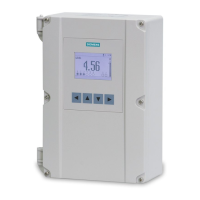
